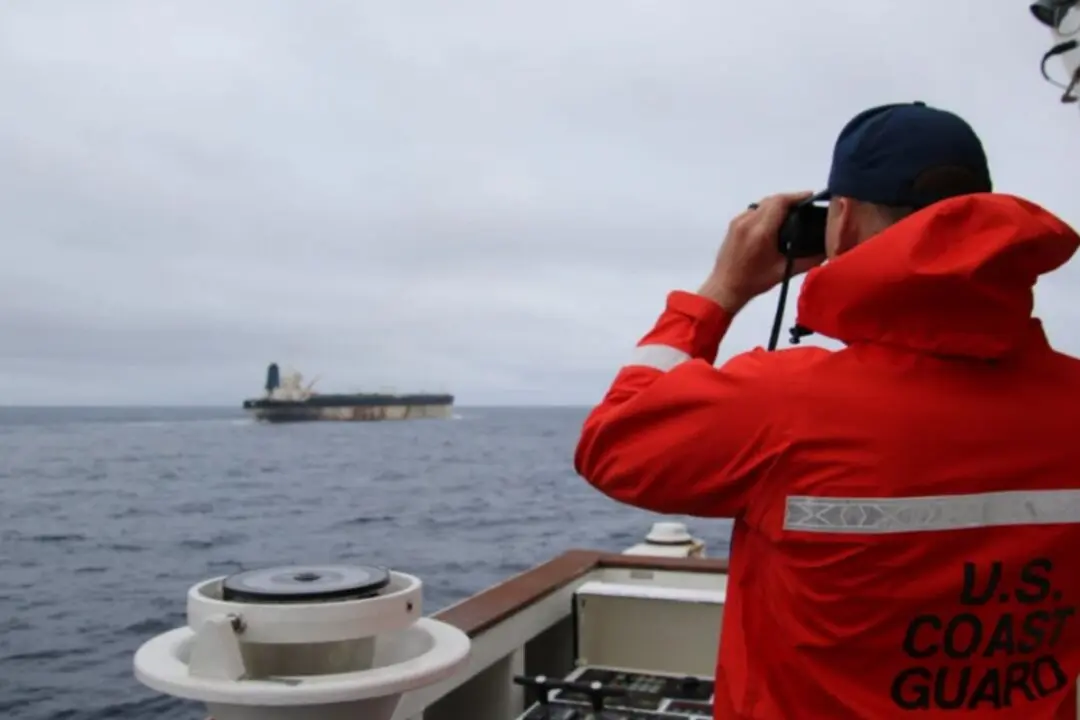Neptune, the eighth planet from the sun and fourth-largest planet by diameter in our Solar System, has a dark vortex, according to NASA.
The U.S. space agency’s Hubble Space Telescope confirmed the existence of the vortex on June 23.
“Dark vortices coast through the atmosphere like huge, lens-shaped gaseous mountains,” research astronomer Mike Wong, with the University of California at Berkeley, said in a statement. Wong led a team that carried out research on Hubble’s results.

(NASA, ESA, and M.H. Wong and J. Tollefson (UC Berkeley))





